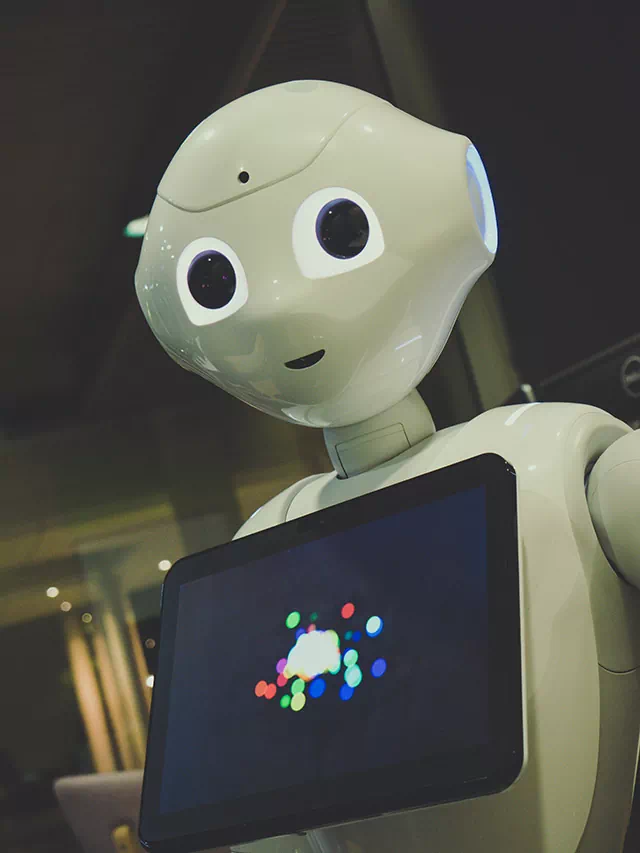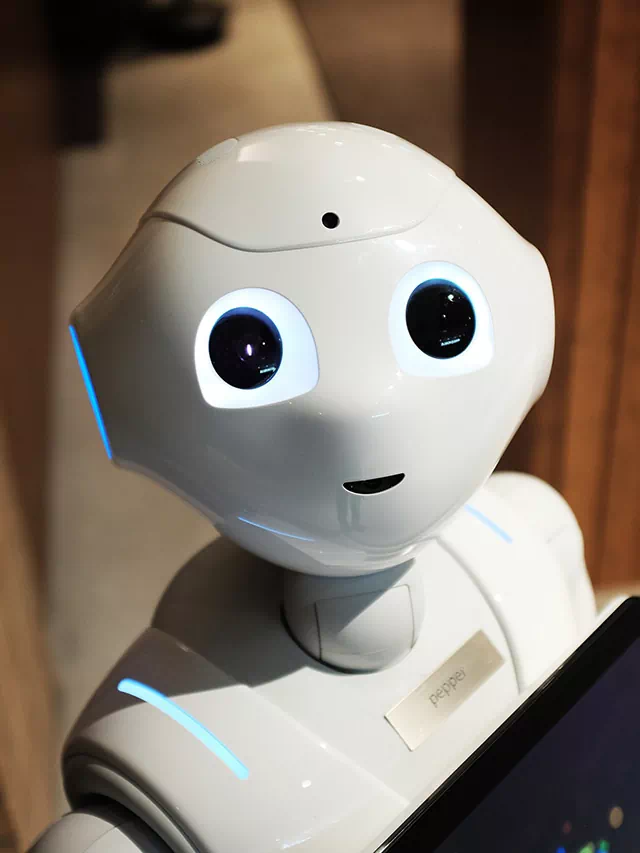The increasing use of artificial intelligence (AI) in various industries and job sectors has raised concerns about the impact on employment. While AI has the potential to improve efficiency, productivity, and quality of work, it could also lead to job displacement or restructuring.
Data entry and processing jobs
As advances in machine learning and AI make it easier for machines to analyze and input data. Data entry and processing jobs involve entering and managing large amounts of data, often in the form of text, numbers, or images. These jobs can be found in various industries, including finance, healthcare, government, and retail. However, with the increasing sophistication of machine learning and artificial intelligence technologies, many of these jobs are at risk of being automated in the near future. AI-powered software and tools are already being developed to handle data entry and processing tasks, with the ability to learn from patterns and make accurate predictions based on the data. While some level of human oversight and input may still be required for certain data-related tasks, the need for large teams of data entry and processing workers may decline as automation becomes more prevalent. As such, workers in these fields may need to upskill and adapt to stay competitive in the job market, such as developing expertise in using advanced data analytics tools and working with AI systems.
Bank tellers and cashiers
As automation in the form of self-checkout machines and digital banking services become more prevalent. Bank tellers and cashiers are at risk of being replaced by automation and self-service technologies such as ATMs, digital kiosks, and mobile banking apps. With the increasing adoption of digital banking services, customers are becoming more comfortable with conducting financial transactions without the need for in-person assistance. Many banks are already implementing self-service technologies to reduce costs and improve efficiency. For example, some ATMs now have advanced features such as cash and check deposit, bill payments, and even video conferencing with bank representatives for more complex inquiries. Additionally, the rise of mobile banking apps and digital wallets has made it easier for customers to conduct transactions from the comfort of their own homes, reducing the need for physical bank branches and tellers. While some bank teller and cashier jobs may still be needed for certain in-person transactions or customer service needs, the overall need for these positions may decrease in the future. As such, workers in these fields may need to upskill and develop new expertise in digital banking technologies, customer service, and sales to remain competitive in the job market.
Telemarketers and customer service representatives
AI-powered chatbots and virtual assistants become more sophisticated and capable of handling customer inquiries and support. Telemarketers and customer service representatives are at risk of being replaced by AI-powered chatbots and virtual assistants that can handle customer inquiries and support. These technologies are becoming more sophisticated and capable of understanding natural language and responding to customers in real-time. Chatbots and virtual assistants are already being used in many industries, including retail, healthcare, and finance, to handle routine customer inquiries and support tasks. They can be available 24/7, reducing the need for human customer service representatives to work outside of regular business hours. Additionally, chatbots and virtual assistants can handle a high volume of inquiries simultaneously, improving response times and customer satisfaction. They can also learn from previous interactions and improve their responses over time, providing a more personalized and efficient customer experience. While human customer service representatives may still be needed for more complex inquiries or situations that require empathy and human touch, the overall need for these positions may decrease as AI-powered technologies become more prevalent. As such, workers in these fields may need to upskill and develop new expertise in managing and training AI systems, as well as focusing on higher-level customer service tasks that require critical thinking and creativity.
Assembly line workers
Robots and automated systems are increasingly used in manufacturing and production. Assembly line workers are at risk of being replaced by robots and automated systems as technology continues to advance. Automation has been increasingly adopted in manufacturing and production, with robots and machines taking on tasks that were previously done by humans. Robots and automated systems can work continuously without the need for breaks or rest, improving production efficiency and reducing errors. They can also handle tasks that may be dangerous or physically strenuous for humans. As technology continues to improve, robots and automated systems are becoming more sophisticated and capable of handling increasingly complex tasks, including those that require precision and attention to detail. While human workers may still be needed for certain aspects of production and assembly line tasks, such as quality control and maintenance, the overall need for assembly line workers may decrease as automation becomes more prevalent. As such, workers in these fields may need to upskill and develop new expertise in working with and maintaining automated systems, as well as focusing on higher-level production tasks that require critical thinking and problem-solving skills.
Drivers and delivery personnel
Drivers and delivery personnel are at risk of being replaced by autonomous vehicles and drones as technology continues to advance. Self-driving cars and trucks are already being developed and tested by companies such as Tesla, Uber, and Waymo, and are expected to become more prevalent in the coming years. Similarly, drones are increasingly being used for delivery purposes, particularly for small packages and in areas with difficult terrain or limited access. Autonomous vehicles and drones can work continuously and without the need for breaks, reducing delivery times and improving efficiency. They can also handle tasks that may be dangerous or physically strenuous for humans, such as driving long distances or delivering packages in harsh weather conditions. While human drivers and delivery personnel may still be needed for certain tasks that require personal interaction or critical thinking, such as delivering fragile items or handling customer service inquiries, the overall need for these positions may decrease as autonomous vehicles and drones become more prevalent. As such, workers in these fields may need to upskill and develop new expertise in working with and maintaining automated delivery systems, as well as focusing on higher-level tasks that require critical thinking and problem-solving skills.
Administrative and clerical jobs
More companies move towards digital processes and automation for record-keeping and document management. Administrative and clerical jobs, such as receptionists, secretaries, and administrative assistants, are at risk of being replaced by automation and AI-powered systems as technology continues to advance. Many administrative tasks, such as scheduling appointments, answering phones, and data entry, can now be handled by software and digital tools. For example, virtual assistants like Siri and Alexa can handle voice commands and simple tasks, while project management software like Asana and Trello can automate scheduling and task assignments. Additionally, many companies are adopting digital file management systems, reducing the need for paper-based filing and document management. While some level of human oversight and input may still be required for certain administrative tasks, the need for large teams of administrative and clerical workers may decline as automation becomes more prevalent. As such, workers in these fields may need to upskill and develop new expertise in digital tools and systems, as well as focusing on higher-level tasks that require critical thinking and problem-solving skills, such as data analysis and project management.
It is important to note that while some jobs may disappear, new jobs will also emerge as a result of technological advancements and changing societal needs. It will be essential for workers to continuously upskill and adapt to remain competitive in the changing job market.


